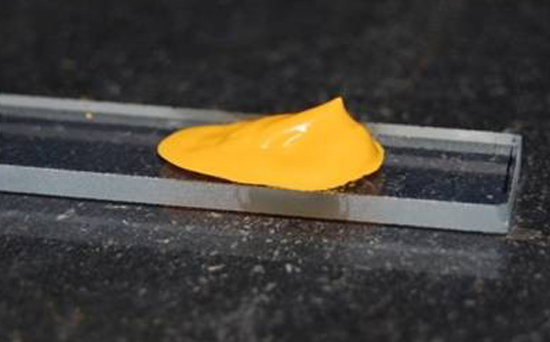New paint can work as a photocell

Specialists from the University of Notre Dame created a special paint that is able to produce electric current under the influence of sunlight. True, the paint should be applied only to the conductive coating, but this is not a particular problem - you can foil almost any building material, and the thickness of the metal coating can be very small. The developers hope that their project will be used by automakers as well as building designers.
And really, why not? Moreover, the cost of such paint is very small (although the exact cost of producing a unit of paint is unknown).
')
The paint, created by scientists, contains titanium dioxide nanoparticles, which are coated with either silicon selenide or cadmium sulfide. In any of the cases, according to scientists, the cost of producing paint is low. The efficiency of such a photocell is also small - a little more than 1%. But if we imagine that the whole roof and walls of a certain building will serve as a photocell, then this 1% turns out to be quite a normal indicator.
The developers believe that the efficiency can be increased, and in this case the paint will be in demand. The paint has its own name - Sun-Believable. Despite the fact that now the project is only at the stage of early development, there is still hope for the imminent appearance of such paints in the public domain (together with paint-based photocell mounting technology).
As the authors of the project say, the paint Sun-Believable gives hope for a bright future.
Via DVICE
Source: https://habr.com/ru/post/135229/
All Articles